Mehul Parsana
Masked LARk: Masked Learning, Aggregation and Reporting worKflow
Oct 27, 2021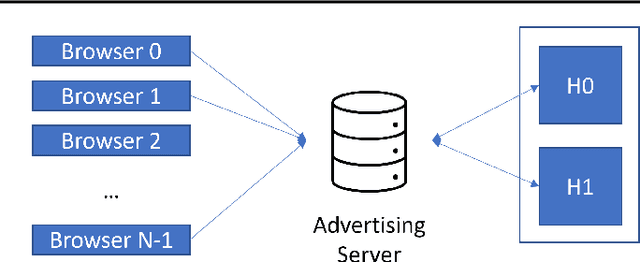
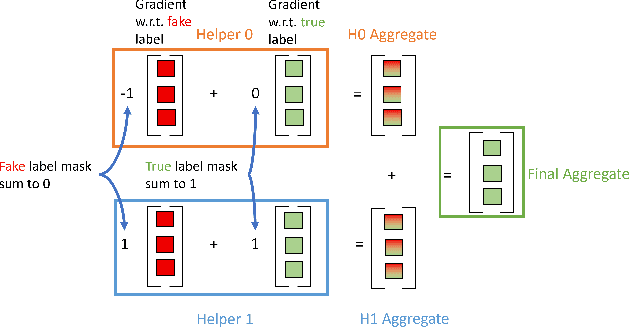
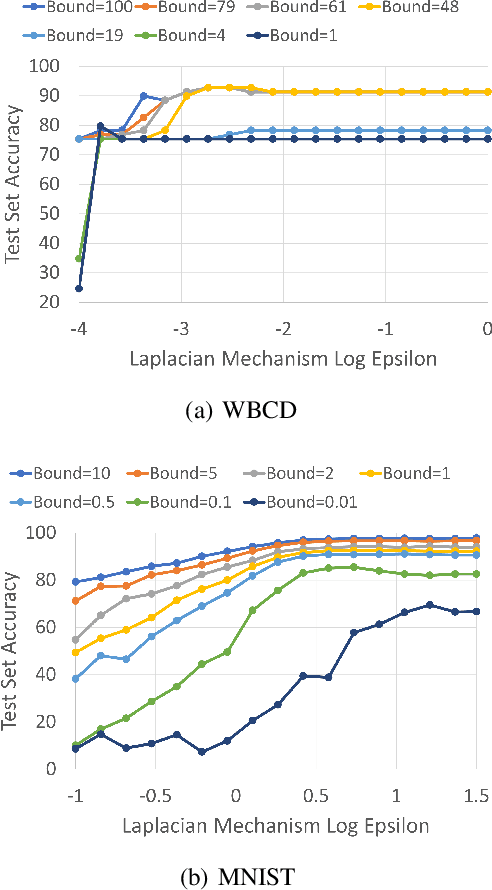
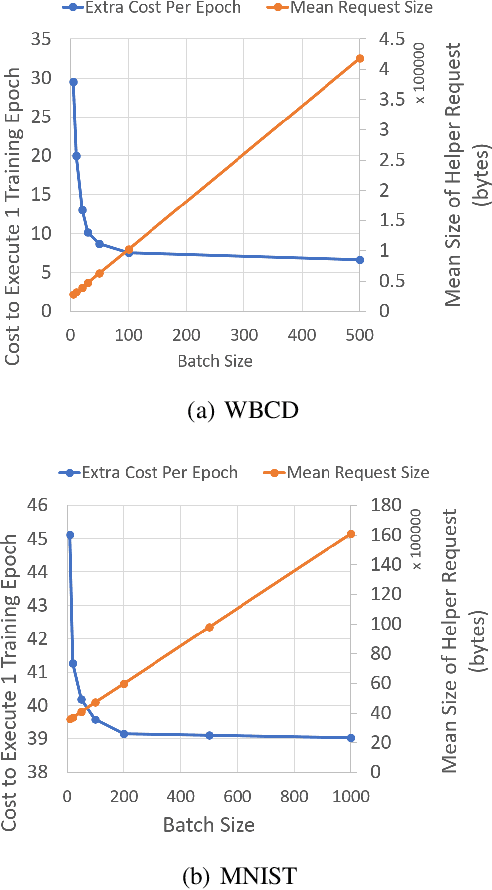
Abstract:Today, many web advertising data flows involve passive cross-site tracking of users. Enabling such a mechanism through the usage of third party tracking cookies (3PC) exposes sensitive user data to a large number of parties, with little oversight on how that data can be used. Thus, most browsers are moving towards removal of 3PC in subsequent browser iterations. In order to substantially improve end-user privacy while allowing sites to continue to sustain their business through ad funding, new privacy-preserving primitives need to be introduced. In this paper, we discuss a new proposal, called Masked LARk, for aggregation of user engagement measurement and model training that prevents cross-site tracking, while remaining (a) flexible, for engineering development and maintenance, (b) secure, in the sense that cross-site tracking and tracing are blocked and (c) open for continued model development and training, allowing advertisers to serve relevant ads to interested users. We introduce a secure multi-party compute (MPC) protocol that utilizes "helper" parties to train models, so that once data leaves the browser, no downstream system can individually construct a complete picture of the user activity. For training, our key innovation is through the usage of masking, or the obfuscation of the true labels, while still allowing a gradient to be accurately computed in aggregate over a batch of data. Our protocol only utilizes light cryptography, at such a level that an interested yet inexperienced reader can understand the core algorithm. We develop helper endpoints that implement this system, and give example usage of training in PyTorch.
Improving Native Ads CTR Prediction by Large Scale Event Embedding and Recurrent Networks
Aug 14, 2018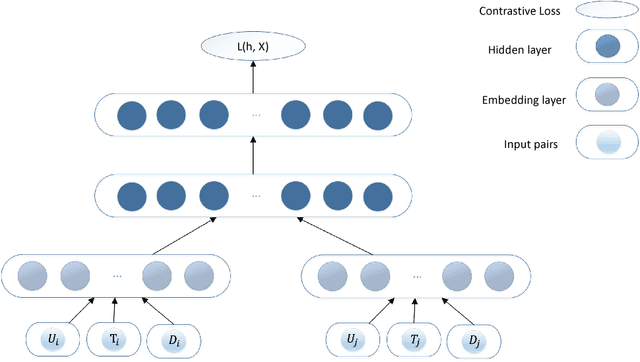

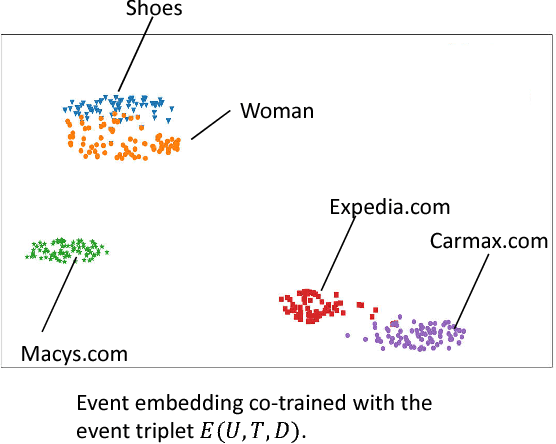

Abstract:Click through rate (CTR) prediction is very important for Native advertisement but also hard as there is no direct query intent. In this paper we propose a large-scale event embedding scheme to encode the each user browsing event by training a Siamese network with weak supervision on the users' consecutive events. The CTR prediction problem is modeled as a supervised recurrent neural network, which naturally model the user history as a sequence of events. Our proposed recurrent models utilizing pretrained event embedding vectors and an attention layer to model the user history. Our experiments demonstrate that our model significantly outperforms the baseline and some variants.
 Add to Chrome
Add to Chrome Add to Firefox
Add to Firefox Add to Edge
Add to Edge